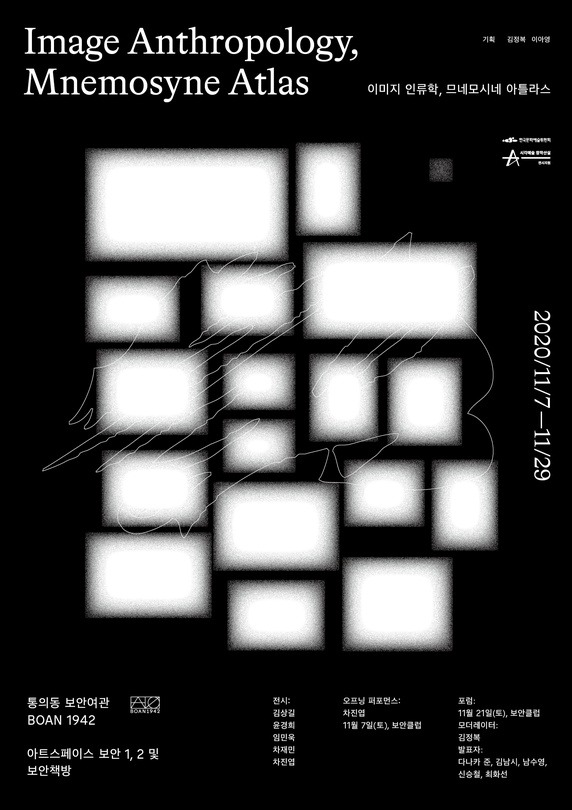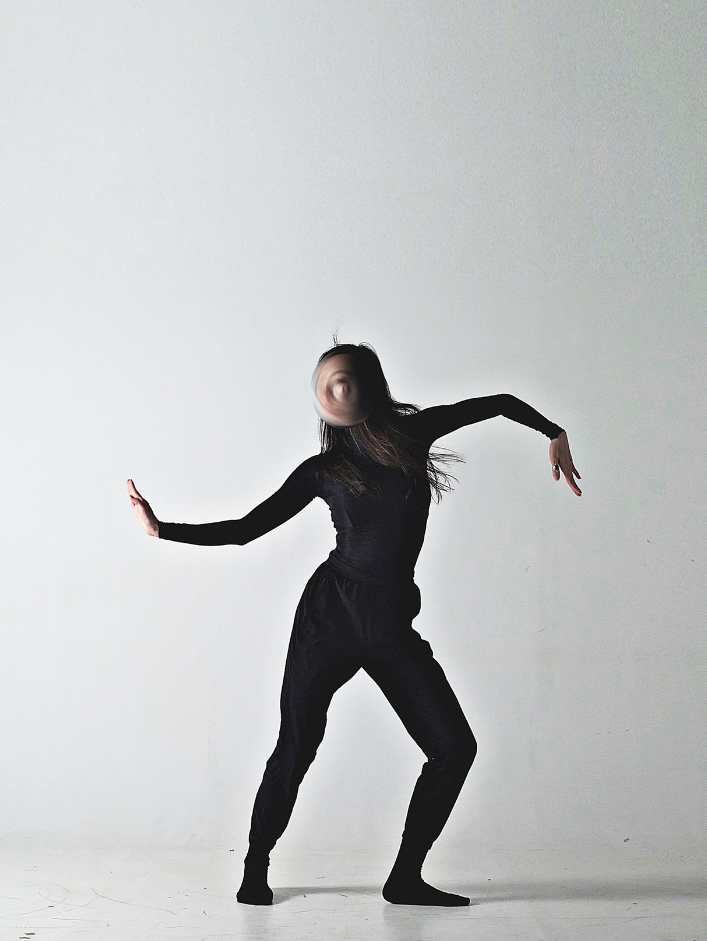
| Period| | 2020.11.07 - 2020.11.29 |
|---|---|
| Operating hours| | 12:00~18:00 |
| Space| | Artspace Boan 1942(Boan1942)/Seoul |
| Address| | 33 Hyojaro, Jongrogu, Seoul, SouthKorea |
| Closed| | Monday |
| Price| | Free |
| Phone| | 02-720-8409 |
| Web site| | 홈페이지 바로가기 |
| Artist| |
윤경희,차재민,차진엽
|
정보수정요청



|
|
Exhibition Information

In 2020, a digital technology-based multimedia era, there is an increasing awareness of the importance of creative activities and interdisciplinary research through cross-genre convergence and humanistic imagination. Since the 2000s, the construction of humanities databases has been developing rapidly in South Korea, archives have established themselves as an important trend in the cultural arts world, and online/offline archive construction and archiving projects are flourishing within major national institutions in the fields of visual culture, video culture and performance art. As a project compiling European cultural history through the medium of images from a cultural memory research perspective, German art historian/Bildwissenschaftler Aby Warburg(1866-1929)’s ‘Mnemosyne Atlas’ is a repository of image anthropology and a contemporary reference point. The act of creation and interdisciplinary research through the medium of images goes beyond the genre-convergent experiments of the arts, expanding as Bildwissenschaft(Image-science), the intersection of natural science and the humanities. In answer to this contemporaneous trend, for the first time in South Korea, we are opening an archive exhibition consisting of exhibitions by Korean artists as well as panel exhibitions and a forum introducing the 63 Image Atlas panels that we have acquired from the Warburg Institute. Aby Warburg’s ‘Mnemosyne Atlas’ project is a research methodology concerning physical memory that contextualizes the process of the emergence, movement and transformation of images from a cultural historical perspective. Warburg collected images of facial expressions and body language associated with human emotions, which are pioneering examples of image anthropology and provide an analytical framework for underlying human emotions. As an innovative method of multi-cultural and interdisciplinary research and source of convergent imagination, this project introduces Warburg’s image research and expands the possibilities of image anthropology in the multinetwork era through the works of Korean artists and discussions by Korean scholars.
